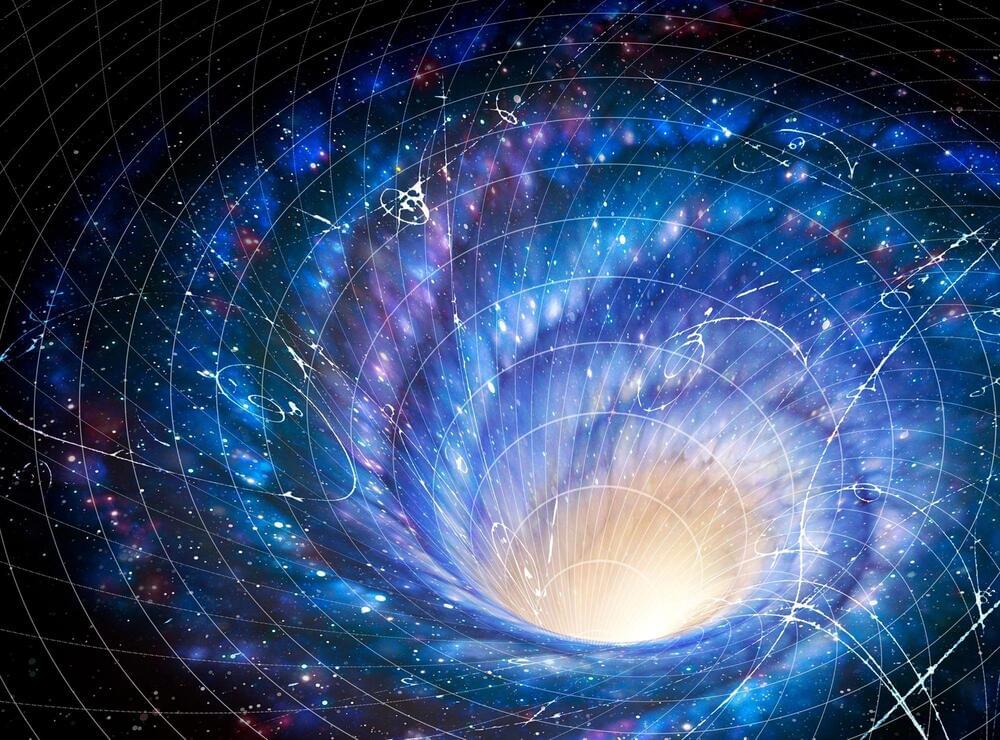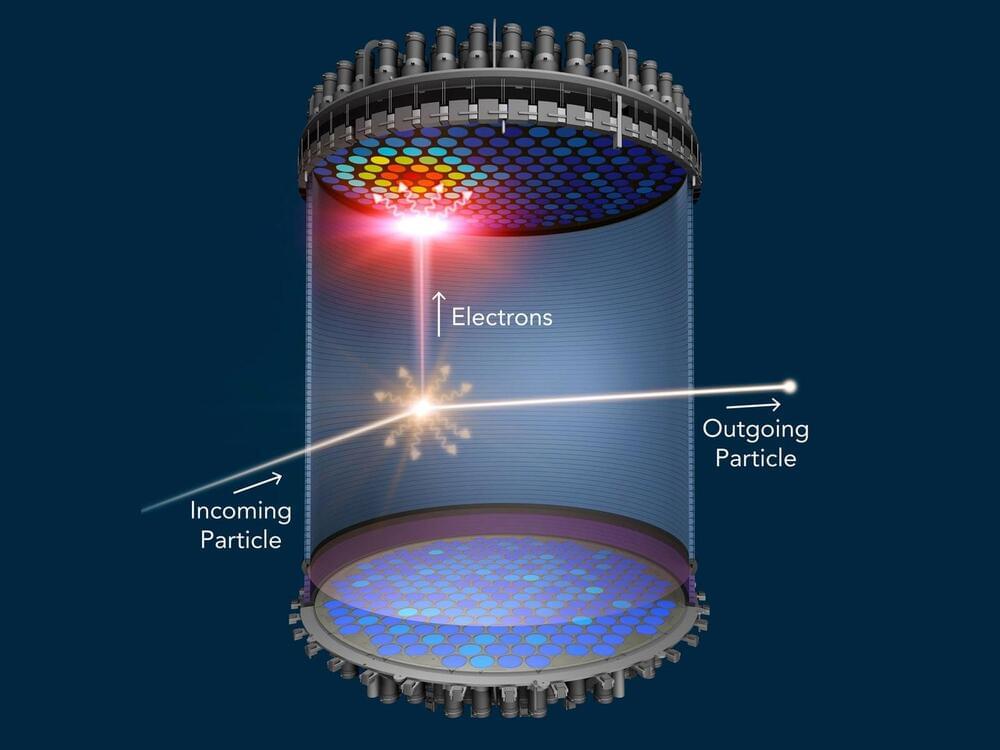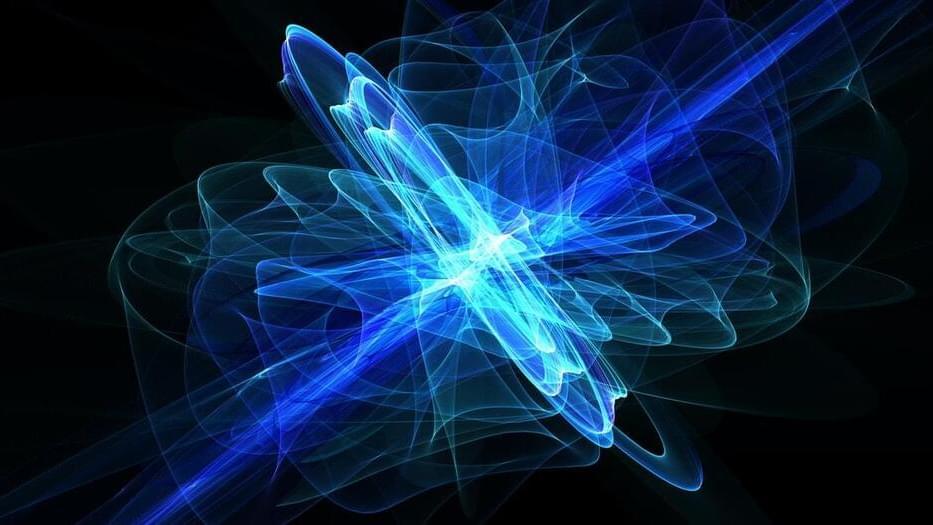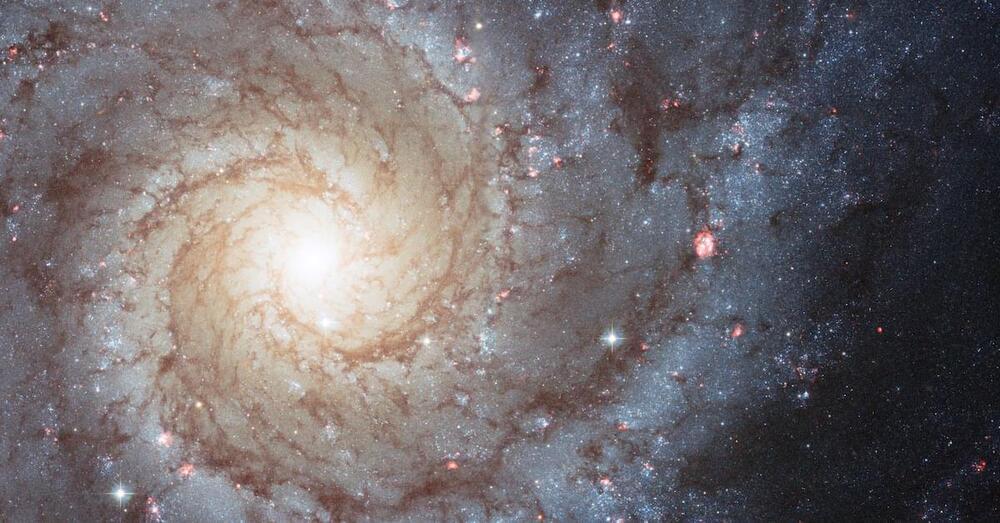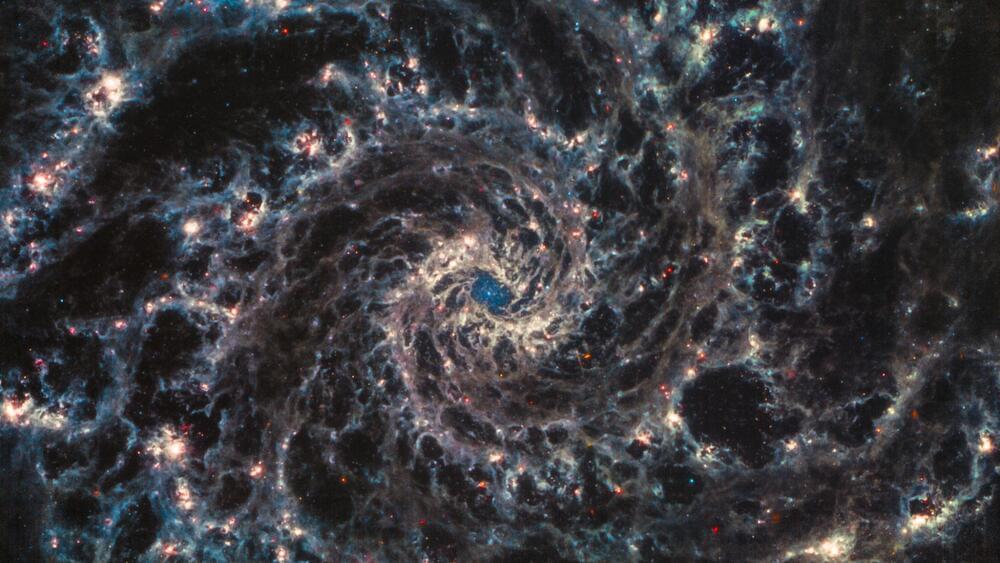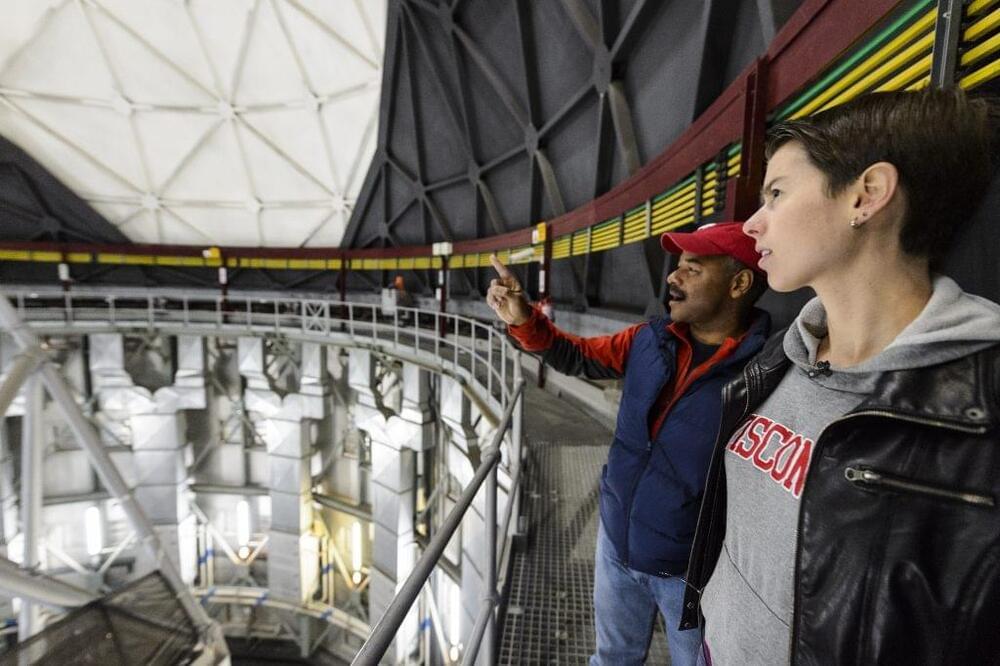Why is there something rather than nothing? And what does ‘nothing’ really mean? More than a philosophical musing, understanding nothing may be the key to unlocking deep mysteries of the universe, from dark energy to why particles have mass. Journalist John Hockenberry hosts Nobel laureate Frank Wilczek, esteemed cosmologist John Barrow, and leading physicists Paul Davies and George Ellis as they explore physics, philosophy and the nothing they share.
This program is part of the Big Ideas Series, made possible with support from the John Templeton Foundation.
The World Science Festival gathers great minds in science and the arts to produce live and digital content that allows a broad general audience to engage with scientific discoveries. Our mission is to cultivate a general public informed by science, inspired by its wonder, convinced of its value, and prepared to engage with its implications for the future.
Visit our Website: http://www.worldsciencefestival.com/
Like us on Facebook: https://www.facebook.com/worldsciencefestival.
Follow us on twitter: https://twitter.com/WorldSciFest.
Original Program Date: June 12, 2009
MODERATOR: John Hockenberry.
PARTICIPANTS: George Ellis, Frank Wilczek, John Barrow, Paul Davies.
Introduction 00:00
